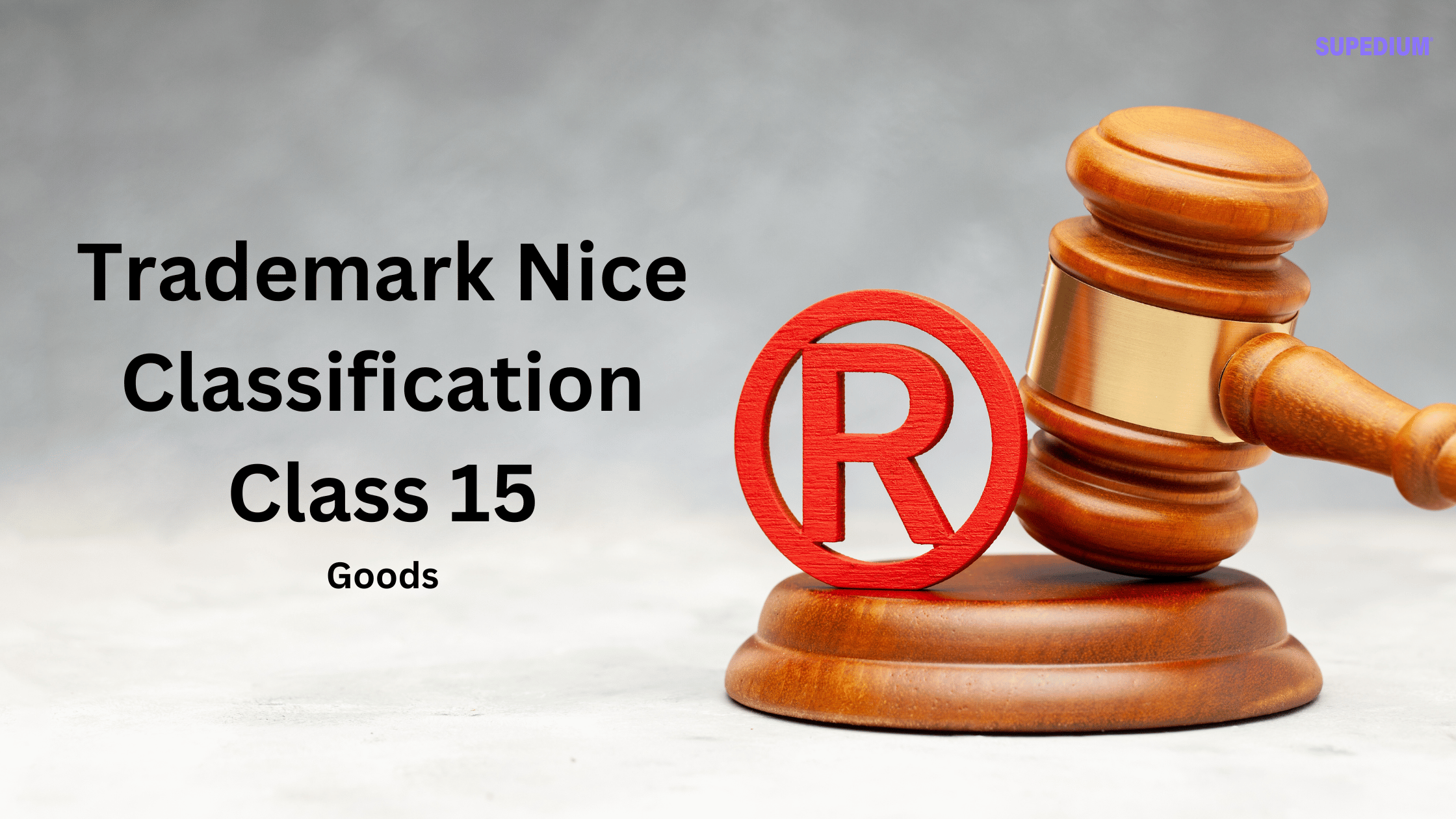Table of Contents
![]()
I. Introduction
The Trademark Nice Classification system is a vital framework used internationally to categorize goods and services for trademark registration. Within this system, Class 15 specifically pertains to musical instruments and their associated components. Understanding this classification is crucial for manufacturers, retailers, and musicians alike, as it helps streamline the trademark registration process and ensures appropriate legal protections for products within the musical industry.
II. Definition and Scope of Class 15
Class 15 encompasses a wide range of items related to music. Primarily, it includes musical instruments, their parts, and various accessories that facilitate music-making. This classification aims to provide a clear categorization of products, ensuring that similar goods are grouped together, which aids in preventing trademark disputes and confusion in the marketplace.
Categories Included Within Class 15
- Musical Instruments: This category includes a diverse array of instruments, from strings and percussion to wind and keyboard instruments.
- Parts and Accessories: Essential components that support the functionality of musical instruments, such as strings, reeds, and tuning devices.
III. Detailed Breakdown of Class 15 Items
A. Musical Instruments
Musical instruments are the heart of Class 15. This category includes a variety of types that musicians use to create sound. Examples range from traditional instruments like guitars and violins to modern electronic instruments.
B. Mechanical Musical Instruments
Mechanical musical instruments represent a fascinating subset within Class 15. These devices produce music through mechanical means rather than electronic ones. Notable examples include:
- Barrel Organs: These instruments play music by turning a cylinder that has pins or staples positioned to pluck the instrument’s strings.
- Mechanical Pianos: Similar to traditional pianos, but designed to play automatically without human intervention.
- Robotic Drums: Innovative instruments that use technology to simulate drumming patterns and rhythms.
C. Musical Accessories
Accessories play a crucial role in enhancing the performance and maintenance of musical instruments. Within Class 15, several items are categorized as essential accessories:
- Tuning Forks and Hammers: Tools used for tuning instruments and making necessary adjustments.
- Strings, Reeds, Pegs, and Pedals: These parts are vital for the operation and sound quality of various instruments.
- Colophony (Rosin): A substance used primarily by string players to increase friction between the bow and strings, improving sound production.
IV. Exclusions from Class 15
While Class 15 includes a broad array of musical items, there are specific exclusions that are essential to note. Understanding these exclusions helps clarify the boundaries of this classification.
A. Overview of Items Not Included
Class 15 does not encompass various audio-related devices and services, which are instead categorized under Class 9 or Class 16.
B. Specific Categories and Examples
- Sound Recording and Amplification Devices (Cl. 9): This includes electric and electronic effects units for musical instruments, wah-wah pedals, audio interfaces, and mixers.
- Downloadable Music Files and Sheet Music: Digital music files and downloadable electronic sheet music are classified under Class 9.
- Other Excluded Items:
- Juke boxes and musical greeting cards fall under Class 9 and Class 16, respectively.
- Metronomes, tools used for maintaining tempo, are also categorized in Class 9.
V. Implications for Trademark Registration
Correctly classifying goods is crucial for trademark registration. Misclassification can lead to significant legal challenges, including the potential invalidation of a trademark. For businesses operating in the music industry, understanding the nuances of Class 15 can provide several benefits:
- Streamlined Registration: By accurately categorizing products, businesses can expedite the trademark application process.
- Enhanced Protection: Proper classification ensures that trademarks are effectively protected, reducing the risk of infringement.
- Avoiding Legal Issues: Awareness of exclusions and proper categorization minimizes the likelihood of disputes over trademark rights.
VI. Conclusion
Class 15 of the Trademark Nice Classification system plays a significant role in the categorization of musical instruments and their accessories. For manufacturers, musicians, and retailers, understanding this classification is essential for navigating the complexities of trademark registration. As the music industry continues to evolve, a firm grasp of Class 15 will remain vital in protecting intellectual property and fostering innovation.
Share This





Be the first to comment